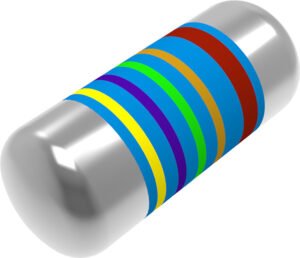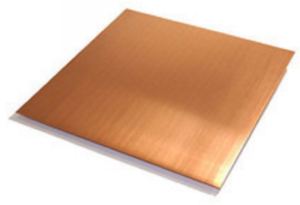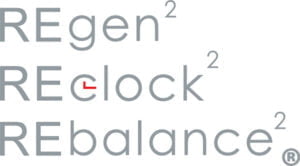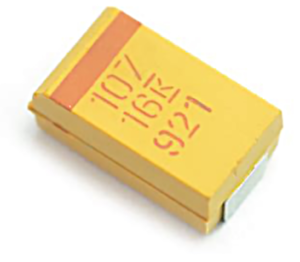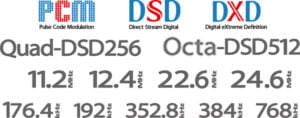Gremlins beware
Computer audio often comes with annoying noise and jitter.
The iPurifier3 is for anyone into USB audio who regularly battles with these irritating audio gremlins.
Never fear, let the iPurifier3 be your system’s white knight.
Check out our Noisebusting Tech Note here.
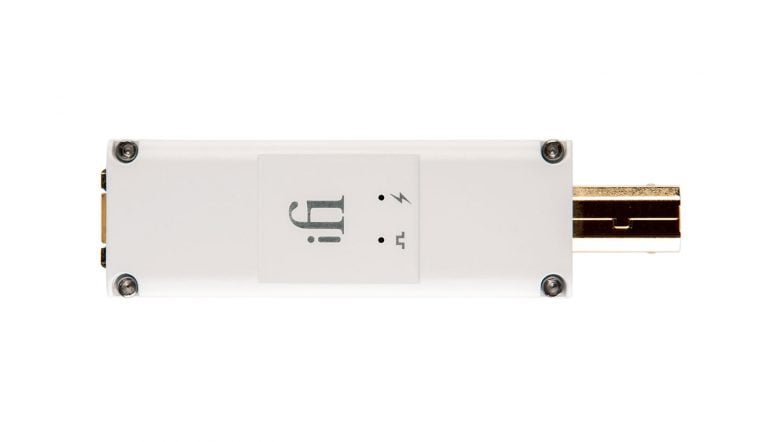
The white knight
The third generation and slightly larger reincarnation of the iPurifier measures just 69 x 19 x 20mm in its new, dashing white armour. Both Type A and B are available.
It uses iFi Active Noise Cancellation2 tech to decrease noise by 100x or -40dB in comparison to the common noise filter.
REclock, REgenerate, REbalance®
Our state-of-the-art REclock, REgenarate and REbalance2® technology will get your audio back on track.
Put simply, it actively ‘restores’ the USB audio+power streams which eliminates jitter and ensures smooth passage for your music. REbalance® actually removes distortion caused by DC offset.

Dashing. Durable.
The iPurifier3 is set up for all future PCM, DSD and DXD formats. And it’s not just better looking on the outside, it’s been improved on the inside with updated components. No need to worry about upgrading for years to come.
It will improve your USB audio playback experience faster than you can say King Arthur and the Round Table.
USB audio is a digital audio connection used to send digital music from your computer to a digital to analogue converter (DAC). Usually computer manufacturers spend most of the overall budget on the processors and screen, leaving minimal budget for the built-in DAC and audio outputs.
USB audio is a digital audio connection used to send digital music from your computer to a digital to analogue converter (DAC). Usually computer manufacturers spend most of the overall budget on the processors and screen, leaving minimal budget for the built-in DAC and audio outputs.
Active Noise Cancellation (ANC) reduces unwanted sound by the addition of a second sound wave specifically designed to cancel out the first. This basically results in no sound at all as it reaches unwanted sound even at the lowest frequencies.
Passive noise cancellation is done by means of insulating filters and works best on the middle to high frequencies. It does not work on the lower frequencies meaning that some sound can still be heard.
The common noise filter cuts out most noise gremlins found in typical audio systems such as RFI/EMI.
MP3 – this is the most popular format, every device in the world can use it.
DSD – Direct Stream Digital is a very high-quality audio format, better than CD quality. The higher the number (sample rate), the better the recording – DSD64, 128, 256, 512 and 1024.
PCM – Pulse Code Modulation is the most common format for CDs and DVDs.
DXD – Digital eXtreme Definition is a very high-quality PCM format. It was developed to edit hi-res (high quality) recordings recorded in DSD.
In electronics, volumetric efficiency quantifies the performance of some electronic function per unit volume, usually in as small a space as possible.
A ‘load’ refers to a current drain that is applied to a battery. For example, charging the flash in a camera. The term ‘Pulse Load’ indicates that the load is automatically applied for a specific period of time, then disconnected without user intervention.
EMI is a type of interference caused by errant and unwanted electromagnetic waves that are received and amplified by an audio system. They cause some of the annoying ‘audio gremlins’ we often talk about.




